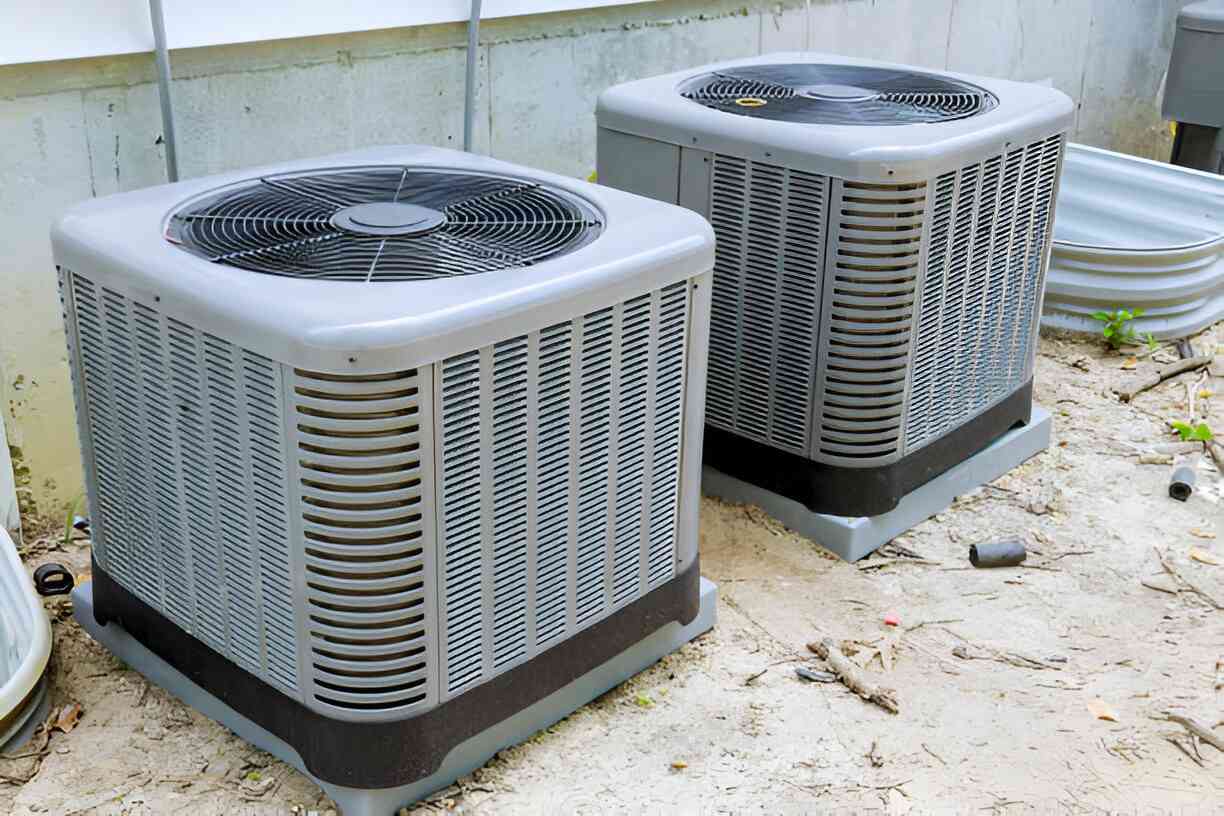AC Installation in Seffner, FL


Common AC installation issues in Seffner, FL
Homeowners often unknowingly inherit problems when a system was poorly installed. Common issues to watch for include:
- Improper equipment sizing - Oversized units short-cycle, create humidity problems, and waste energy; undersized units run continuously and wear out faster.
- Undiagnosed ductwork problems - Leaks, poor insulation, or undersized ducts reduce capacity and efficiency.
- Incorrect refrigerant charge - Overcharging or undercharging reduces system performance and shortens equipment life.
- Inadequate electrical upgrades - Old wiring or insufficient breakers can create safety hazards and code violations.
- Poor outdoor placement - Condensers placed in direct sunlight, under trees, or without proper clearance suffer efficiency loss and corrosion.
- Lack of hurricane/wind anchoring and corrosion protection - Florida conditions require attention to wind straps and corrosion-resistant components in many locations.
What to expect during the initial site assessment
A thorough site assessment is the foundation of a reliable AC installation in Seffner, FL. Key evaluation steps include:
- A detailed load calculation using industry-standard methods to account for square footage, insulation, window orientation, occupancy, and local climate factors.
- Inspection of existing ductwork, attic conditions, return pathways, and static pressure readings where accessible.
- Electrical system review including panel capacity, breaker sizing, and requirements for disconnects and surge protection.
- Outdoor equipment siting to avoid debris, maximize airflow, and meet local setback and wind-resistance requirements.
- Identification of indoor air quality needs such as filtration upgrades or humidity control for Seffner’s humid climate.
Unit selection guidance
Choosing the right equipment affects comfort, operating costs, and longevity. Considerations specific to Seffner, FL include:
- SEER and efficiency - Higher SEER ratings save more energy during prolonged cooling seasons. Balance upfront cost with expected energy savings.
- Staged or variable-speed systems - Two-stage or variable-speed compressors and blowers improve humidity control and deliver more consistent comfort.
- Match components - Ensure the outdoor condensing unit and indoor coil are matched for optimal refrigerant handling and warranty compliance.
- Corrosion-resistant features - Coastal or humid climates warrant protective coatings and stainless-steel fasteners on outdoor units.
- Appropriate refrigerant - Install systems compatible with current refrigerants and handled by certified technicians following EPA rules.
Ductwork inspection and necessary modifications
Ductwork has a major impact on performance. During installation expect:
- Leak testing and sealing of joints and connections, with insulation added where ducts run through unconditioned spaces.
- Balancing and resizing where registers or rooms are consistently hot or cold.
- Installation or modification of return air pathways to ensure adequate airflow.
- Upgrading to sealed, insulated plenums and use of proper fasteners and mastic for durability in humid environments.
Proper equipment sizing explained
Correct sizing is critical. A proper load calculation prevents:
- Oversizing, which causes short cycling, poor dehumidification, and greater wear.
- Undersizing, which leads to continuous operation, higher energy bills, and inadequate comfort during heat waves.
- The right size reflects Seffner’s cooling degree days, home construction, and occupant usage patterns.
Step-by-step installation process
A professional installation typically follows these steps:
- Pre-install preparations and permit acquisition where required by local code.
- Site preparation including pad or mounting installation, and ensuring clearances for airflow and service access.
- Electrical upgrades and circuit installation to meet breaker, disconnect, and surge protection needs.
- Indoor coil and air handler placement or furnace integration, duct connections, and condensate drainage setup.
- Refrigerant line installation, brazing, vacuuming, and precise refrigerant charging to manufacturer specifications.
- Condenser placement, anchoring for wind loads, and corrosion protection measures.
- System startup and initial safety checks for leaks, electrical integrity, and controls.
Safety and code compliance
Installations in Seffner must comply with Florida Building Code and local ordinances. Common compliance elements are:
- Permits and inspections for mechanical and electrical work.
- Proper anchoring for outdoor units to withstand high-wind events.
- Certified handling and documentation for refrigerants in line with federal regulations.
- Grounding, breaker sizing, and wiring that meet electrical codes.
- Professional installers will provide the necessary paperwork for code inspections and warranty registration.
Commissioning and performance testing
Commissioning verifies the system performs to design intent. Tests include:
- Airflow and static pressure measurements to confirm duct performance.
- Temperature split testing (supply vs return) to evaluate cooling effectiveness.
- Refrigerant superheat and subcooling checks to confirm correct charge.
- Electrical load and amp draw verification for safety and efficiency.
- Thermostat calibration and control system checks.
Post-installation walkthrough and maintenance recommendations
A clear walkthrough ensures homeowners understand operation and care:
- Demonstration of system operation, thermostat programming, and emergency shutoff.
- Recommendations for filter type and change frequency, typically every 1-3 months depending on use and filtration level.
- Seasonal maintenance schedule including annual tune-ups, coil cleaning, and refrigerant/leak checks to preserve efficiency in Seffner’s climate.
- Discussion of indoor air quality upgrades such as higher-MERV filters, UV lights, or dehumidification if persistent humidity is an issue.
Warranty and aftercare
Understand the difference between manufacturer parts warranties and labor warranties. Good practice includes:
- Registering equipment with the manufacturer when required to preserve warranty coverage.
- Keeping installation documentation, load calculations, and service records for future reference or resale.
- Considering a routine maintenance agreement to protect performance and maintain warranty conditions.
A correctly executed AC installation in Seffner, FL protects against premature failures, reduces monthly energy costs, and improves year-round comfort and indoor air quality. Addressing local climate demands, code requirements, and ductwork needs during the installation process will ensure the system performs reliably in Seffner’s hot, humid environment.
Service Areas


